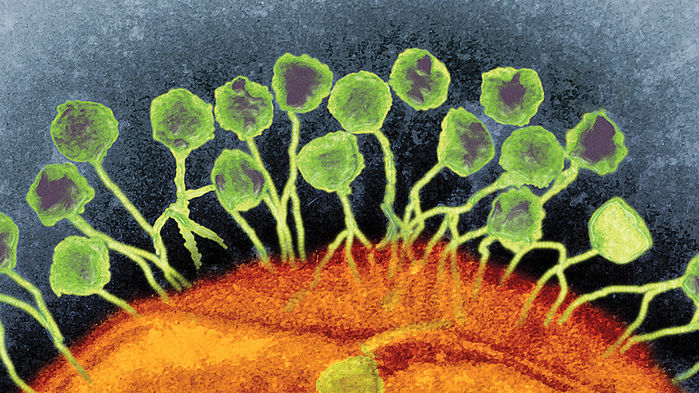The median survival of glioblastoma patients is about 12 to 15 months, and only 5% of patients can survive for 5 years. One third of all glioblastomas patients have PTEN deficiency.
Researchers at MD Anderson Cancer Center in the University of Texas said: “a common genetic defect causes glioblastoma to transmit molecular information to the wrong type of immune cell, convening macrophages to protect and cultivate brain tumors rather than to attacking them. As many as one third of the viable cells found in glioblastoma are macrophages. The researchers point out that they are the main components of the tumor microenvironment.
Their study identified pathways for macrophages to enter glioblastoma and also identified growth factors secreted by macrophages that protect cancer cells from programmed cell death and promote the growth of new blood vessels.
After a series of experiments, through the PTEN knockout cell line, and later in the mouse model of glioblastoma, they found: 1. With the down-regulation of PTEN, a gene called YAP1 is activated, which is a transcription factor that increases the expression of LOX, a novel macrophage attractor; 2. LOX is linked to the β1 integrin-PYK2 pathway on macrophages, causing them to migrate into the tumor microenvironment; 3. Macrophages directly help glioma cells by secreting growth factor SPP1, which increases cancer cell survival and angiogenesis to protect tumors.
The researchers developed a human xenograft mouse model of glioblastoma with high expression of LOX, YAP1 and macrophage markers. Elimination of LOX in these models by small molecule LOX inhibitors (BAPN) or anti-LOX antibodies, impairs tumor growth and significantly reduces macrophage infiltration. They found that blocking LOX had no effect on glioma cell proliferation, but it did increase programmed cell death in cancer cells and reduced the formation of blood vessels that support tumors. However, this only recruited tumors with PTEN deficiency, as studies have shown that LOX inhibition does not work in tumors of wild-type PTEN.
Later, the researchers analyzed the established macrophage characteristics of 489 human glioblastoma samples from the cancer genome map. They identified eight genes associated with macrophage infiltration in patients. Among these eight genes, SPP1 is the gene with the most increased expression.
"The results of mice are very compelling, and these studies bring more confidence in stimulating approach in the clinical treatment of patients with recurrent glioblastoma. LOX and SPP1 are the new targeted gene to PTEN-deficient glioblastoma" the researcher said.
Our company has PTEN, SPP1, and YAP1 ELISA kits. For more information, you can refer the websites as follows:
http://www.eiaab.com/entries/detail/PTEN_HUMAN; PTEN
http://www.eiaab.com/entries/detail/OSTP_HUMAN; SPP1
http://www.eiaab.com/entries/detail/YAP1_HUMAN; YAP1








